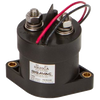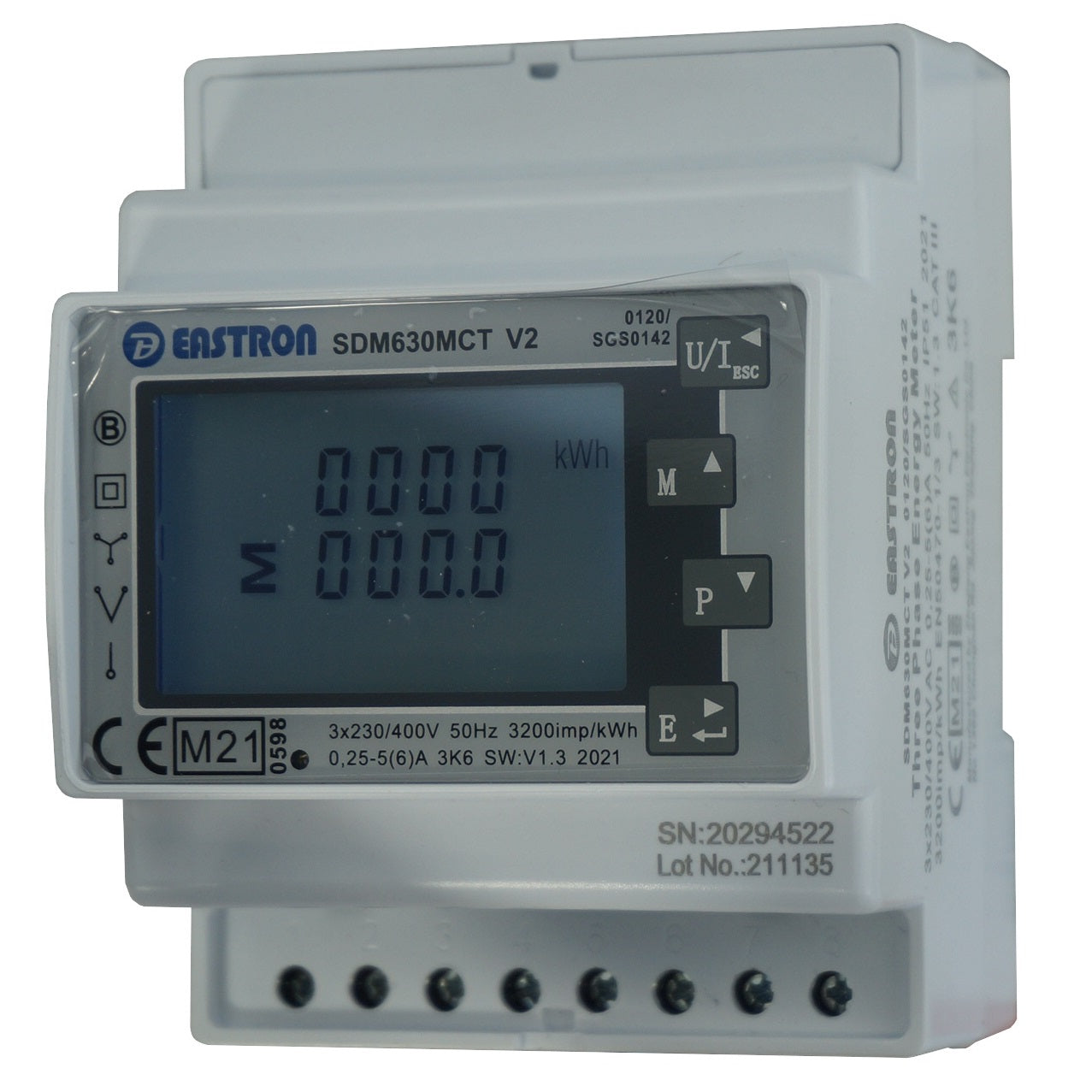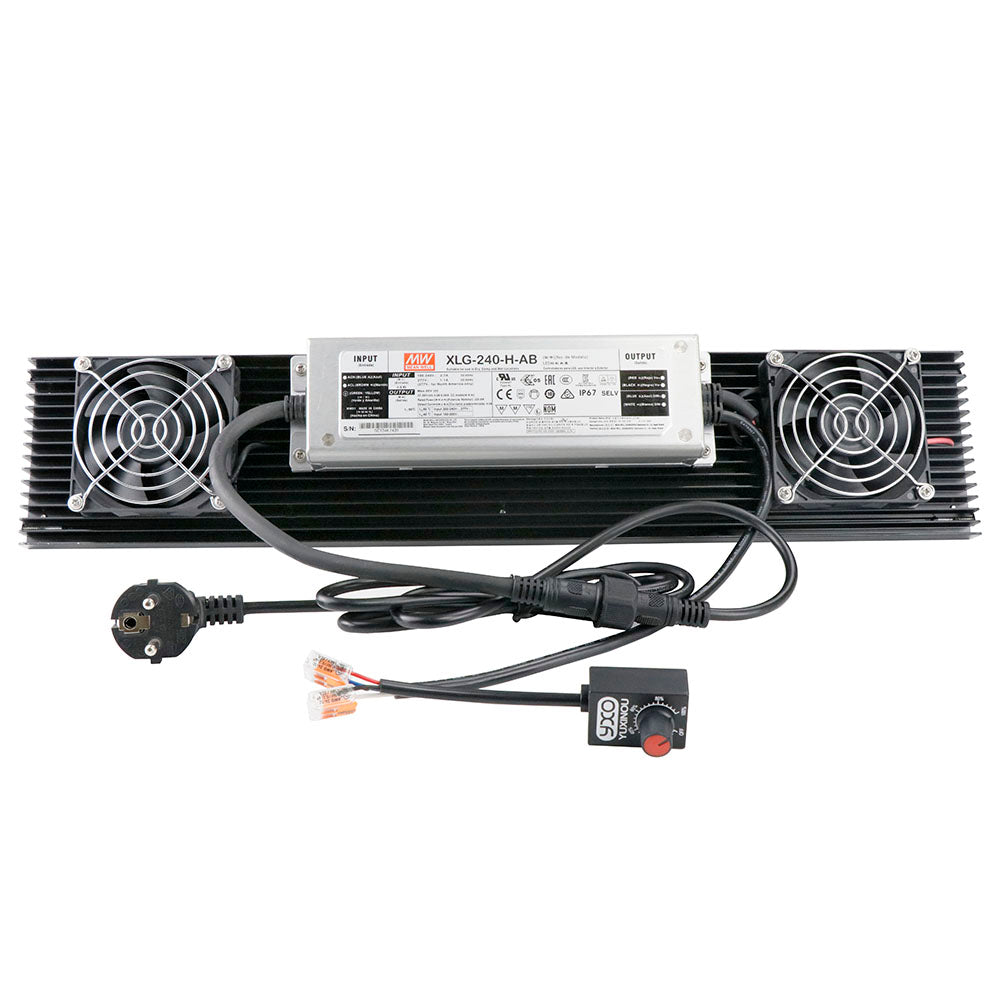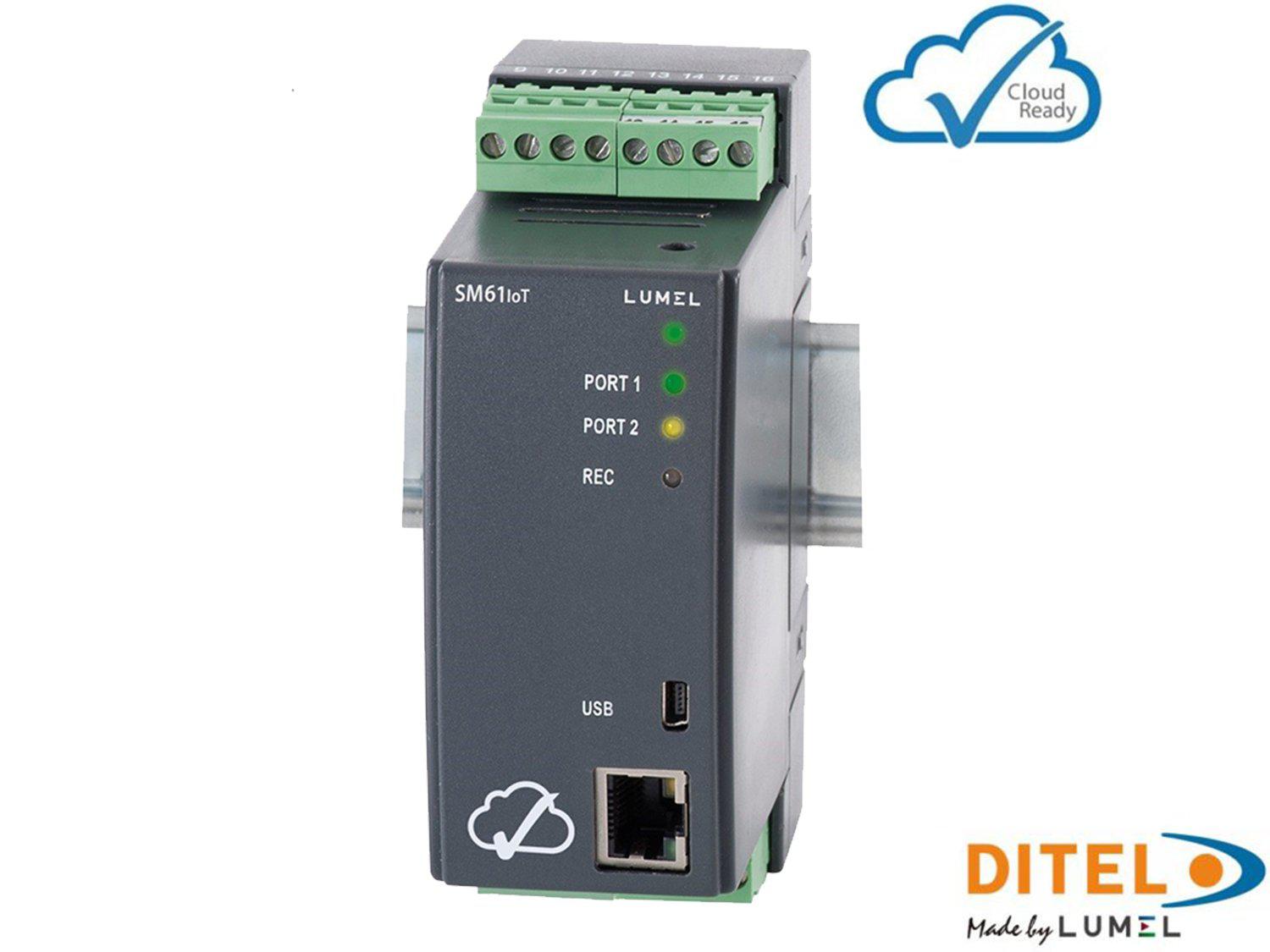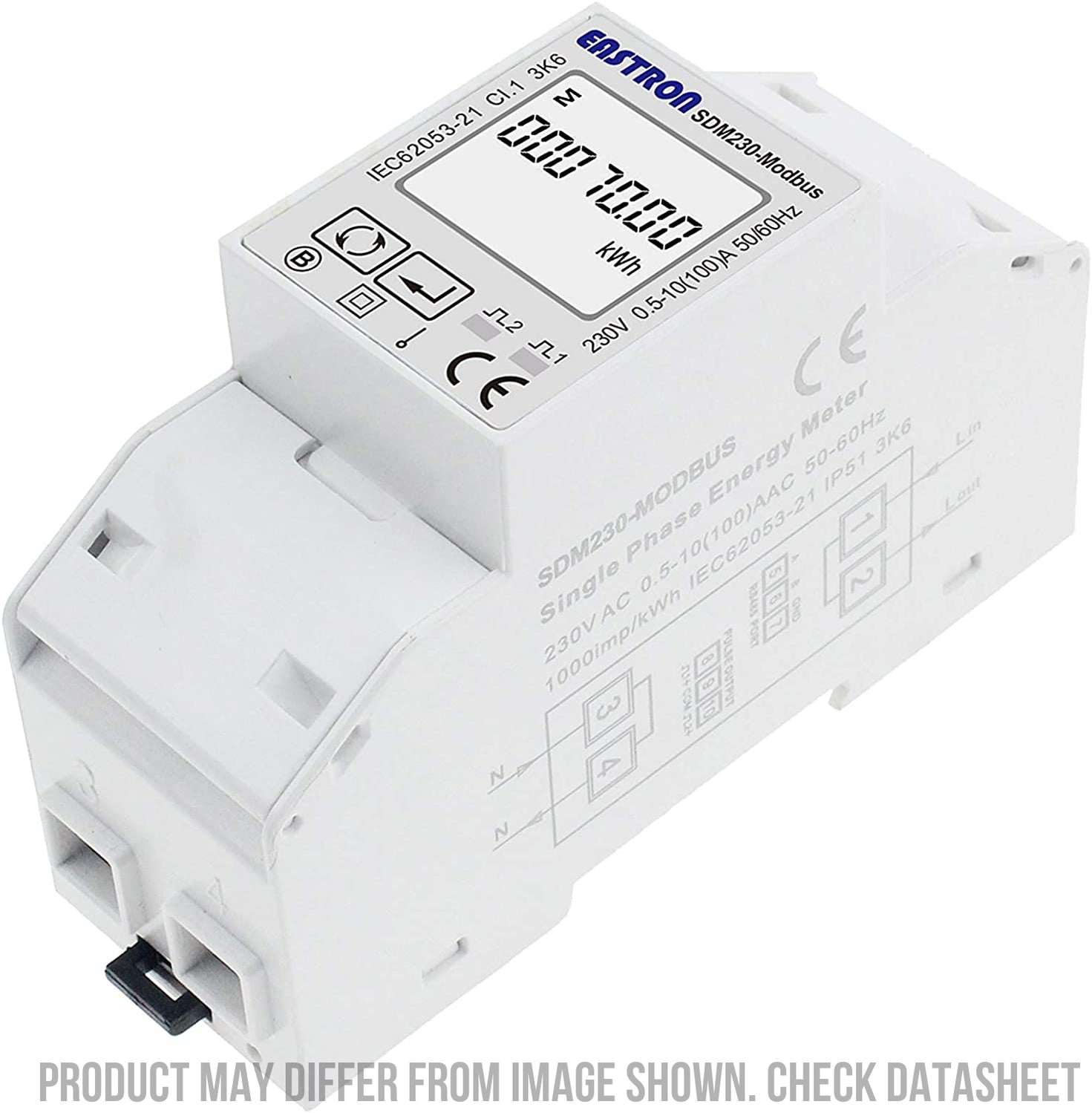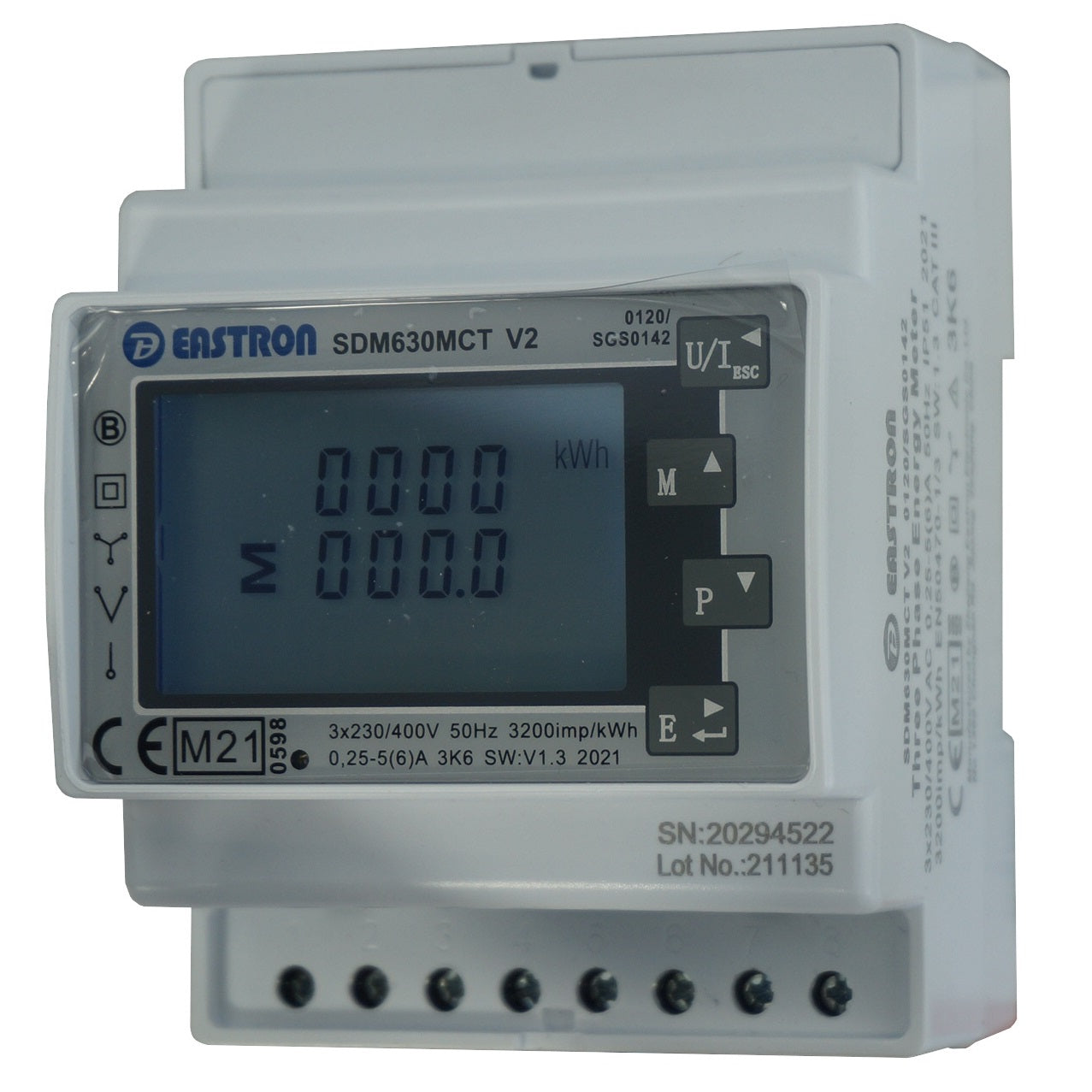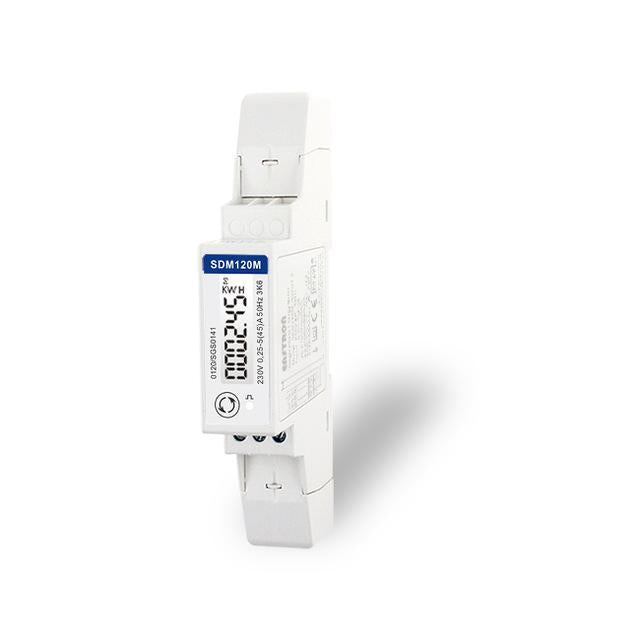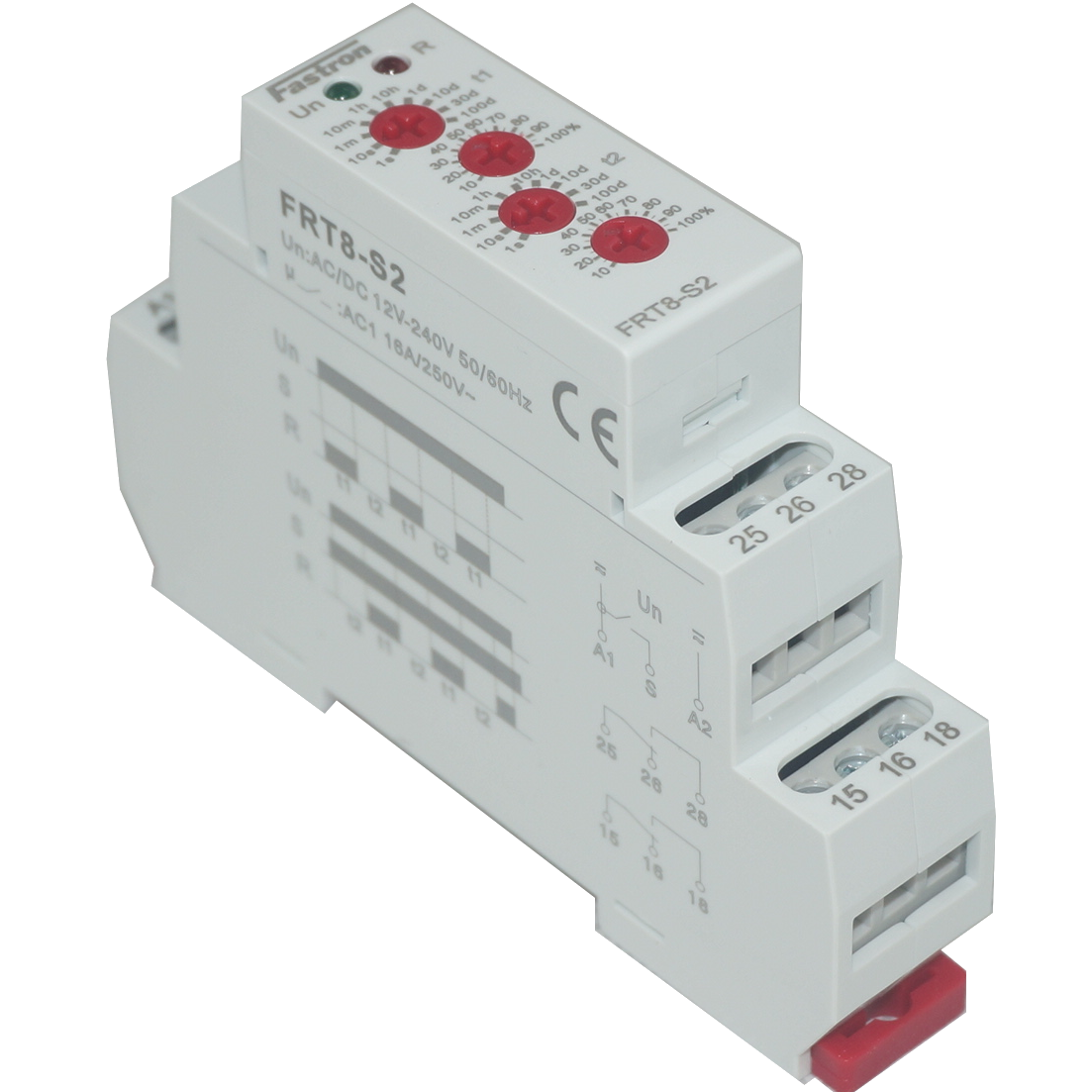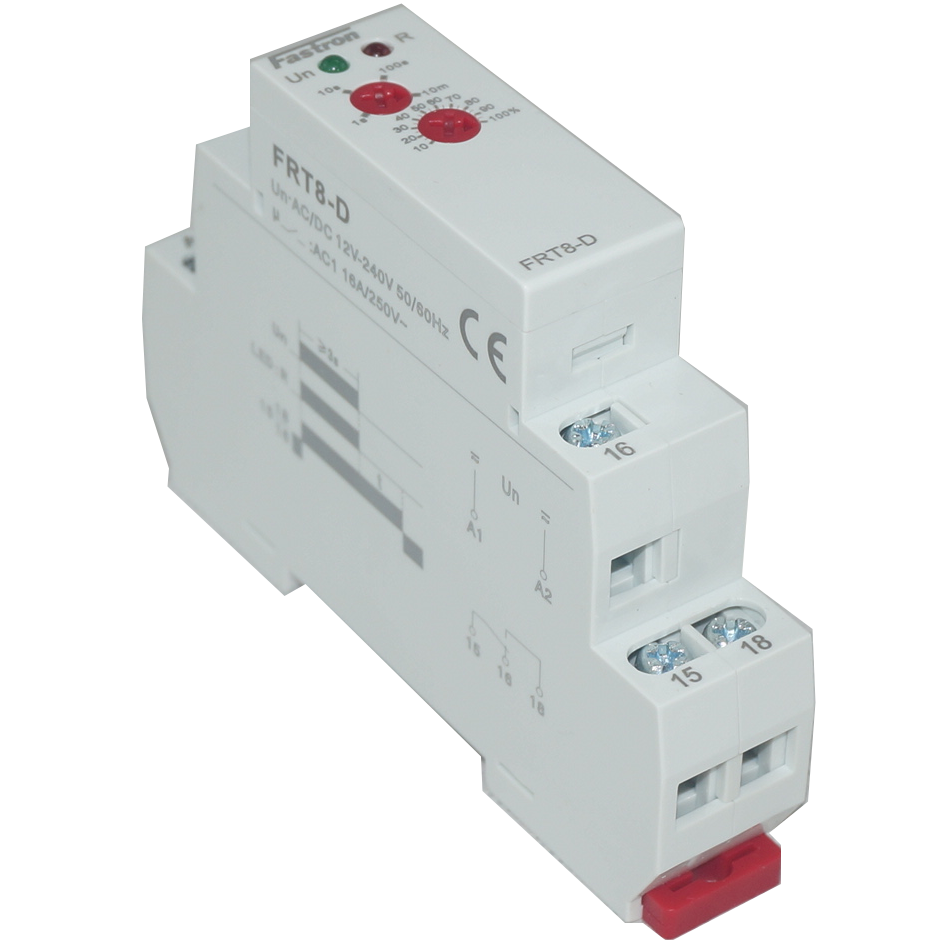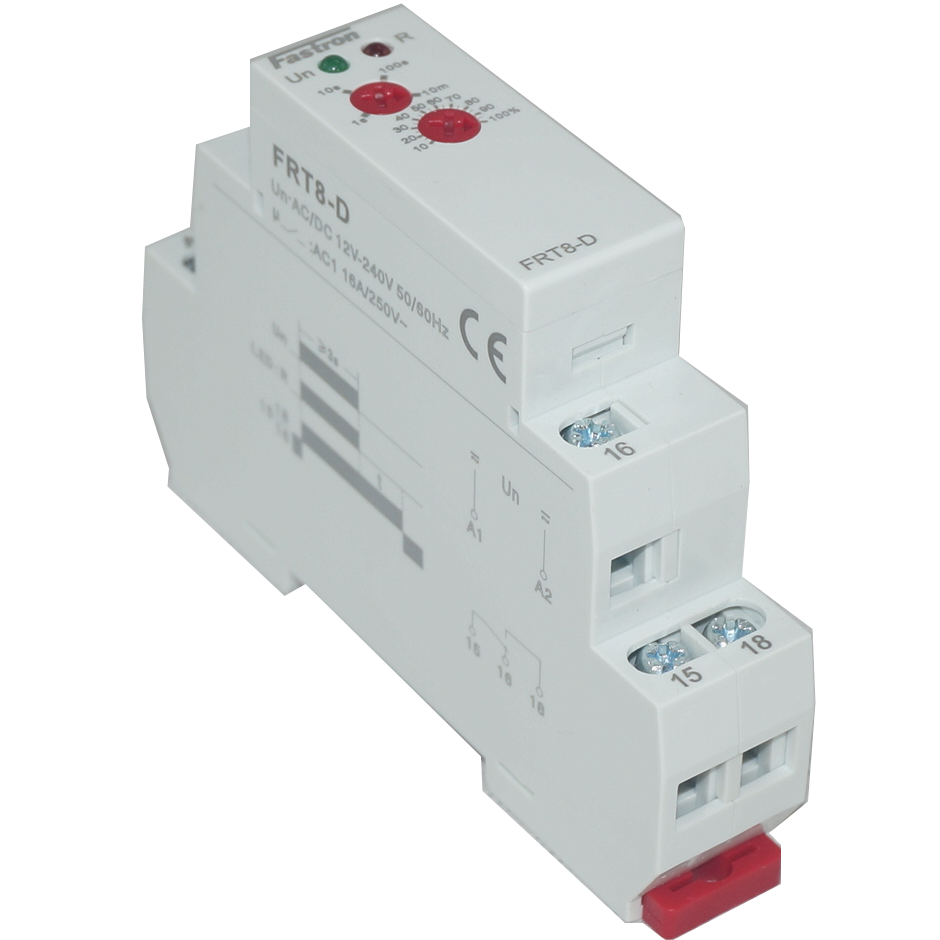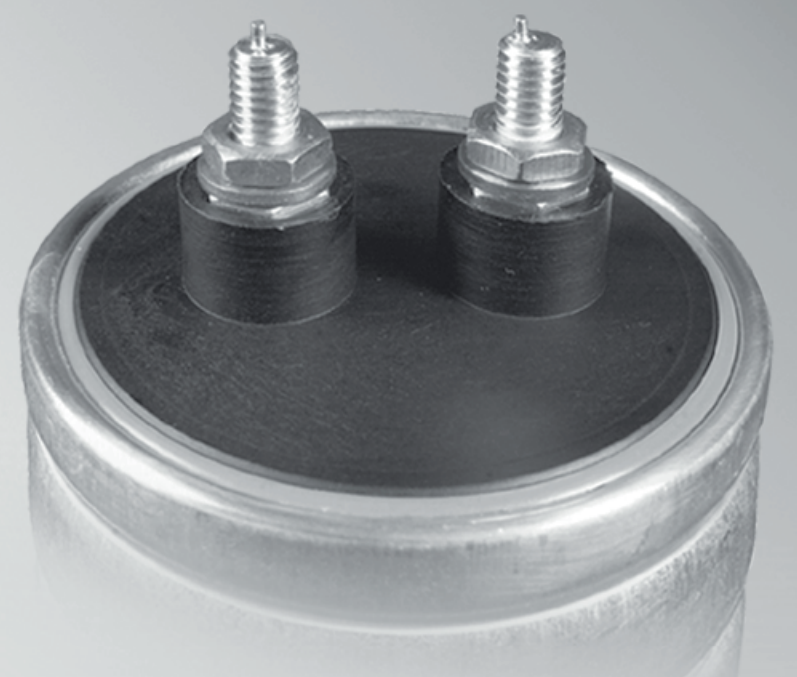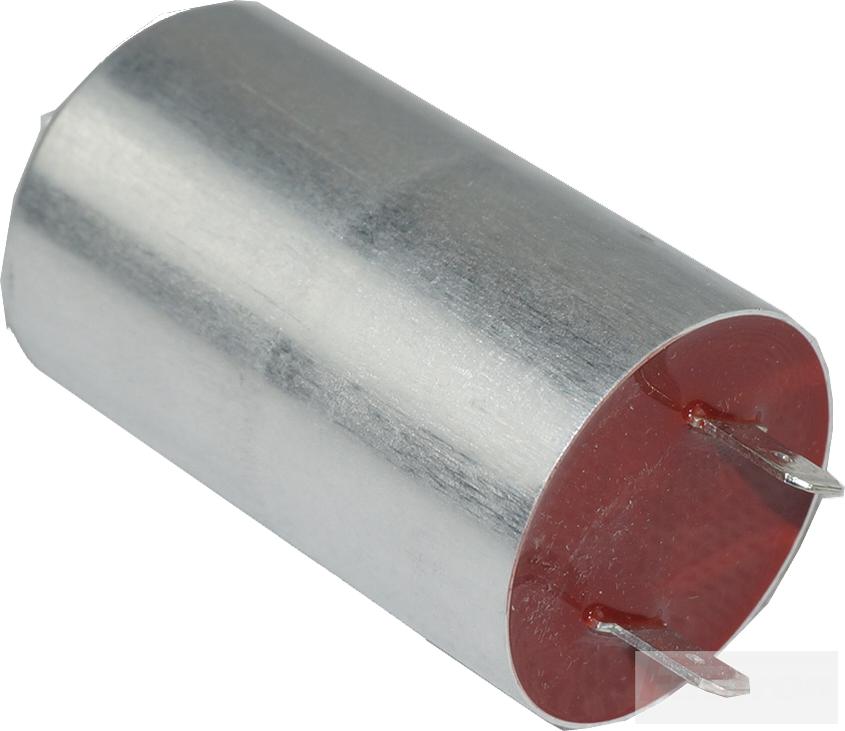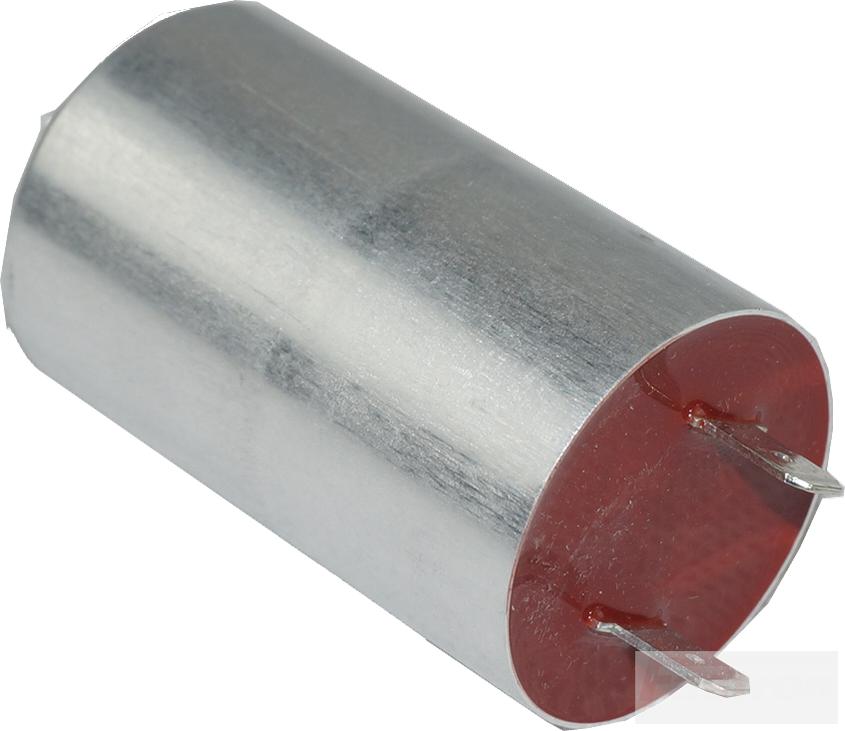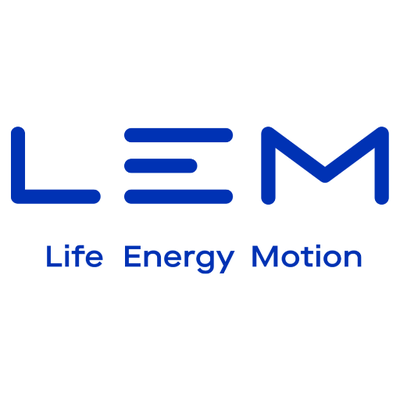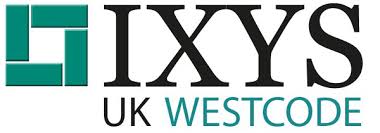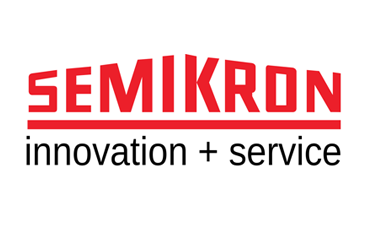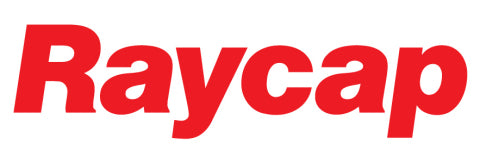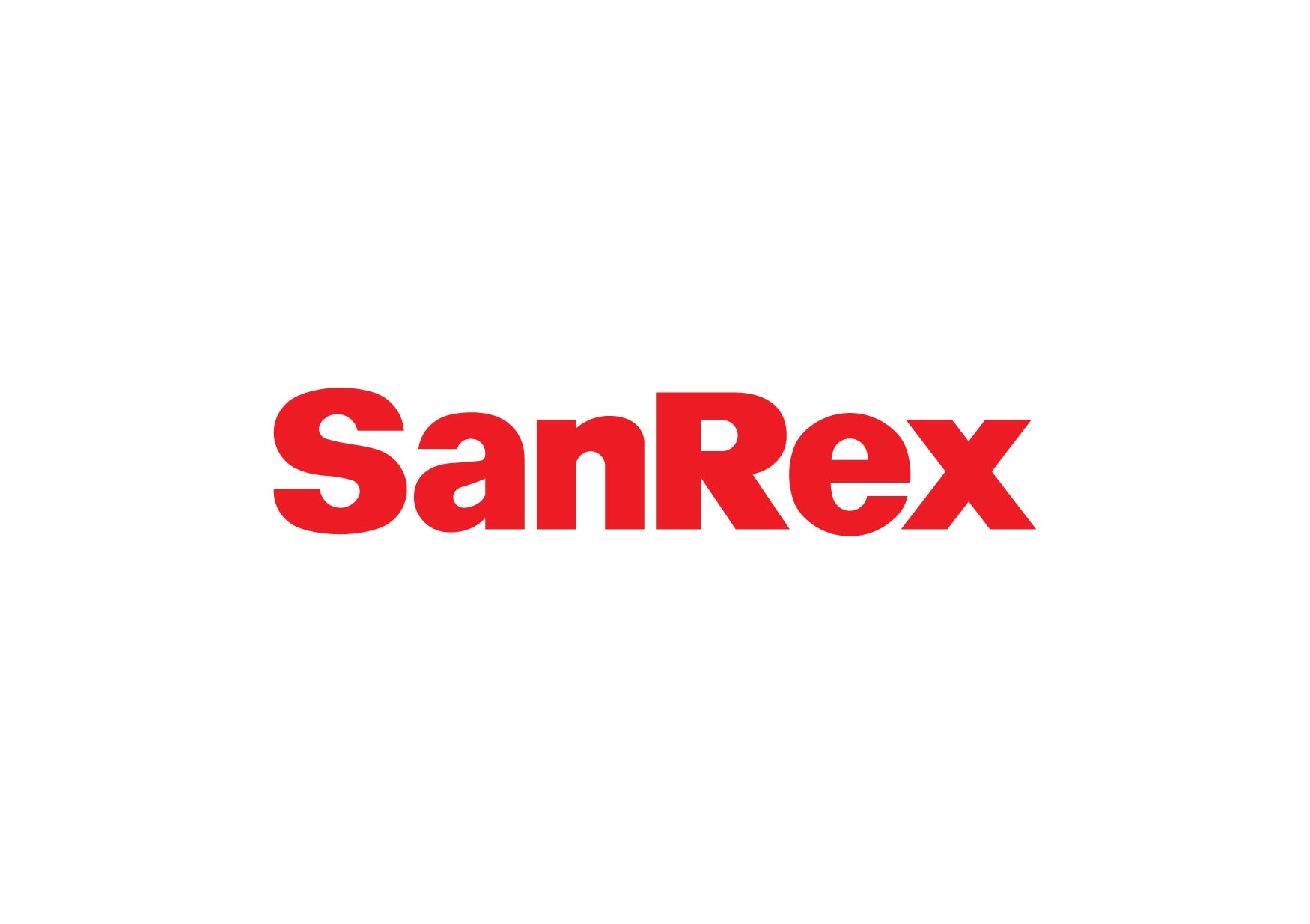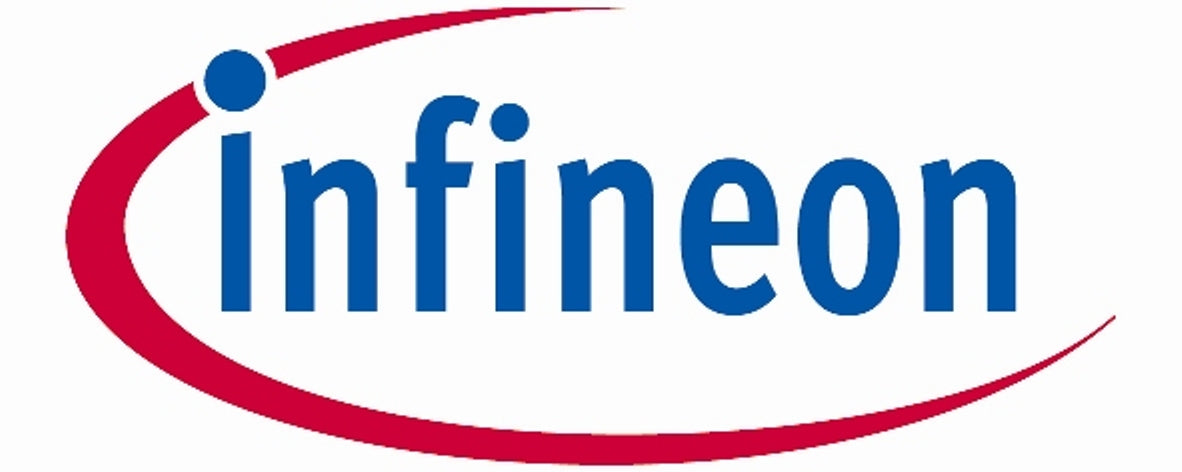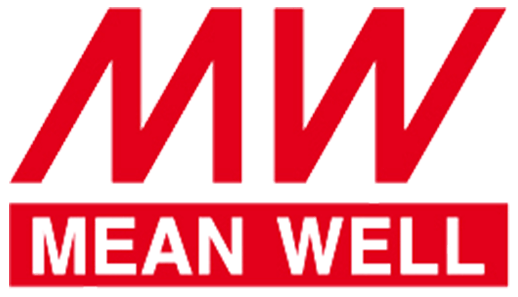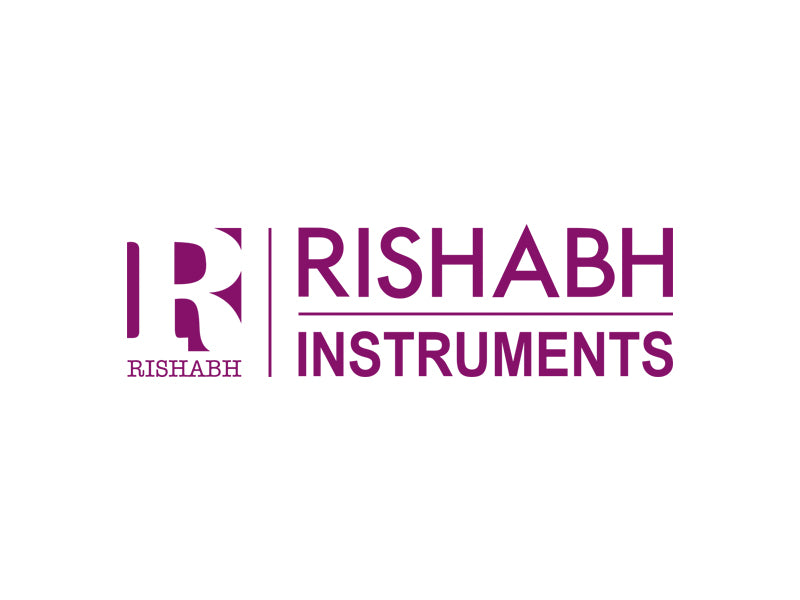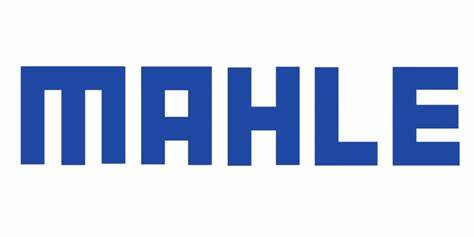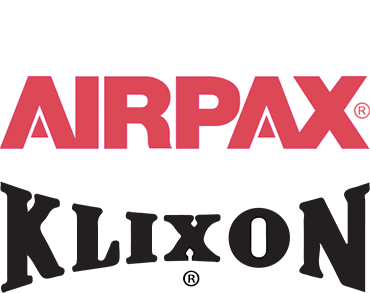
EMC/RFI/EMI Filter Selection
In this blog we discuss the selection of EMC filters for noise suppression of electronic equipment both domestic and Industrial
EMC/RFI\EMI Filters come in various types which include:
-Line Filter (Input Filter), or Sine Wave Filter (Output Filter)
Line Filters, both Single Phase and 3 Phase, are used to prevent a device from generating noise or interference with other noise generating devices which can lead to compliance issues and in the worse cases, equipment reliability issues.
Output Filters/Sine Wave Filters are specifically for devices which generate a SIne Wave from DC or other sources and requires some additional smoothing out of distortions which generate EMC. NOT TO BE MISTAKEN FOR HARMONIC FILTERS these Sine wave filter can slightly reduce harmonics however they are designed for this purposes. These are squarely focused on EMC compliance.
-1,2 or 3 Stage depending on the level of noise to be suppressed/filtered out
Once you know the level and frequency bandwidth of the noise and the target noise level, the required filter may be 1,2, r 3 stage type with 3 stage being the most effective and most expensive. For detailed Noise suppression bandwidth information, please check datasheet of EMC filters when making you election.
-Normal, High, and Very High attenuation
The selection made made once the Noise level and the target noise level for a given bandwidth is known.
The Different types of noise to be filtered can be categorised into three main types
-Common Mode (Symmetric) -> Both Conductors have reflected noise
-Differential (Assymmetric) -> Noise is focused on one line of the conductor
-Broadband -> Noise is focused across the main frequency spectrum
Q&A
1) Can you please help me to understand what curves are used for input /line filter and output /sine wave filter in
single phase?
When you say the input filter is not good enough for output and output is not good enough for input, are there
different curves for input and output
-When we talk about the “input” and “output” filter, strictly speaking it is for the inverter application. That is why there have inverter input series filter ( our catalogue FEFC301 series) and inverter input series filter ( our catalogue FEFC302 series) .
-So for inverter application, the input and output filter have different parameters, circuits and also curves.
-The output filter can also used the input side, but the performance is not good enough. But the input filter CAN NOT be used for the output side, which will make the filter damage.
-Above all are only for the inverter application.
-FEFA2 series and FEFC203 series can used both for input or output side EXCEPT the inverter application.
-For inverter application, they can only be used for the input side.
2) In general, are output filters normally 2 stage/2nd order type?
3) what common application would a 3 stage filter be required?
-For the 2 and 3 stage filter, the applications depend on the application and frequency.
-For the inverter and ups application, or the low frequency interference around 10KHz-150KHz, it is better to use 3 stage.
-For interference >200KHz, it is better to use 2 stage.
-For some customers who need a lower price and cost, it is better to use 1 stage.
For further clarification feel free to contact our friendly sales team.

